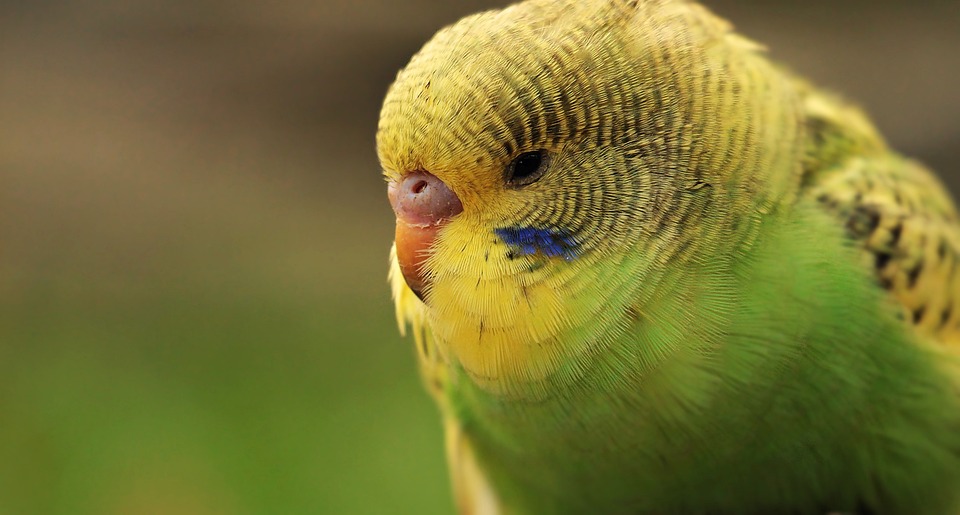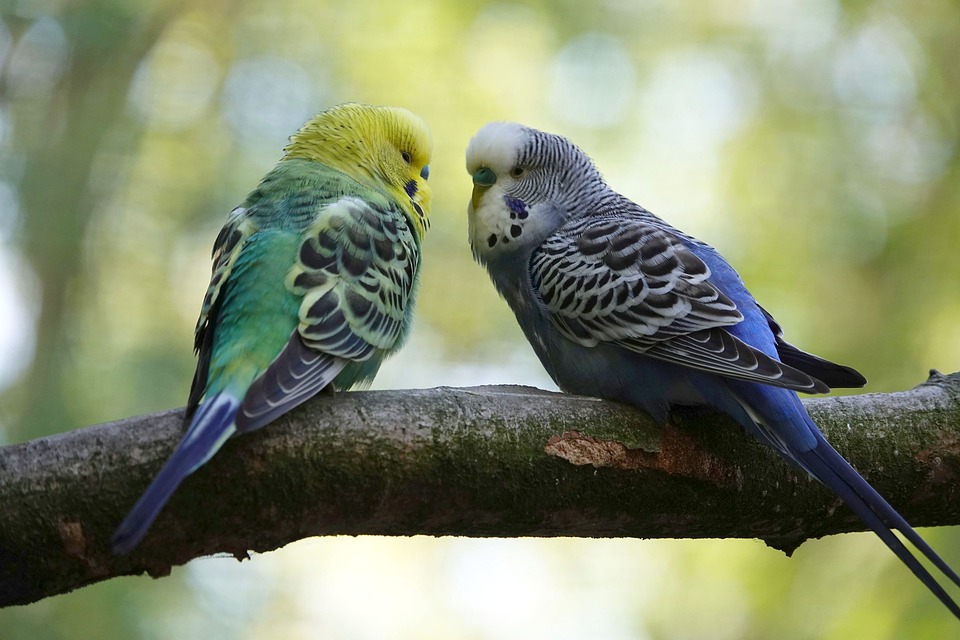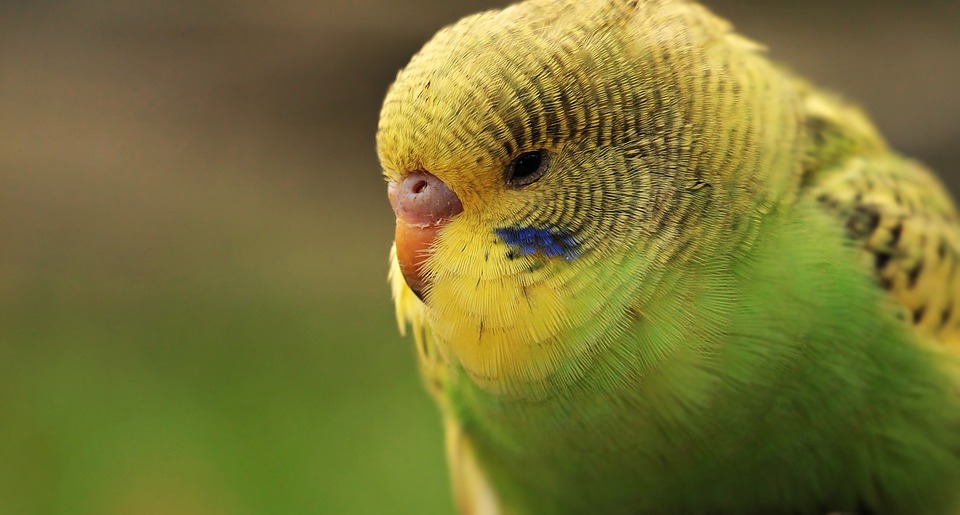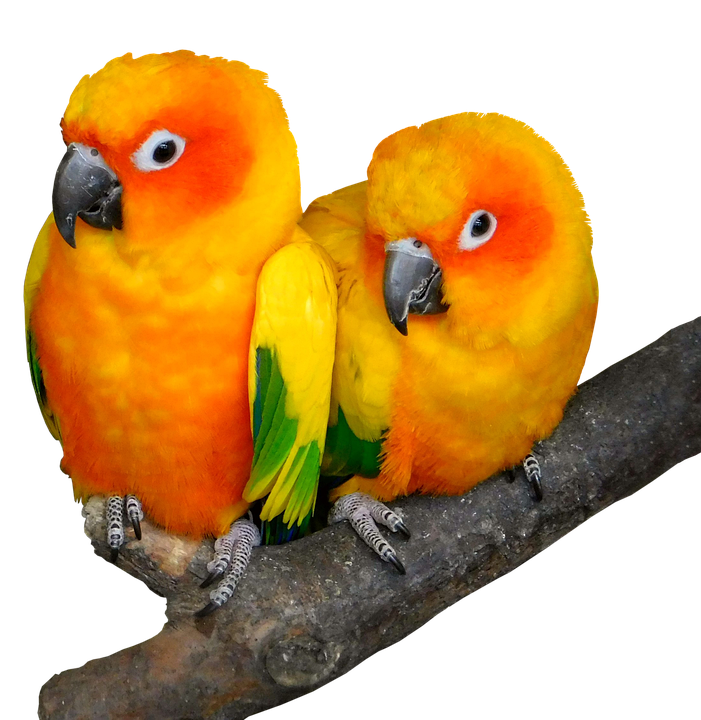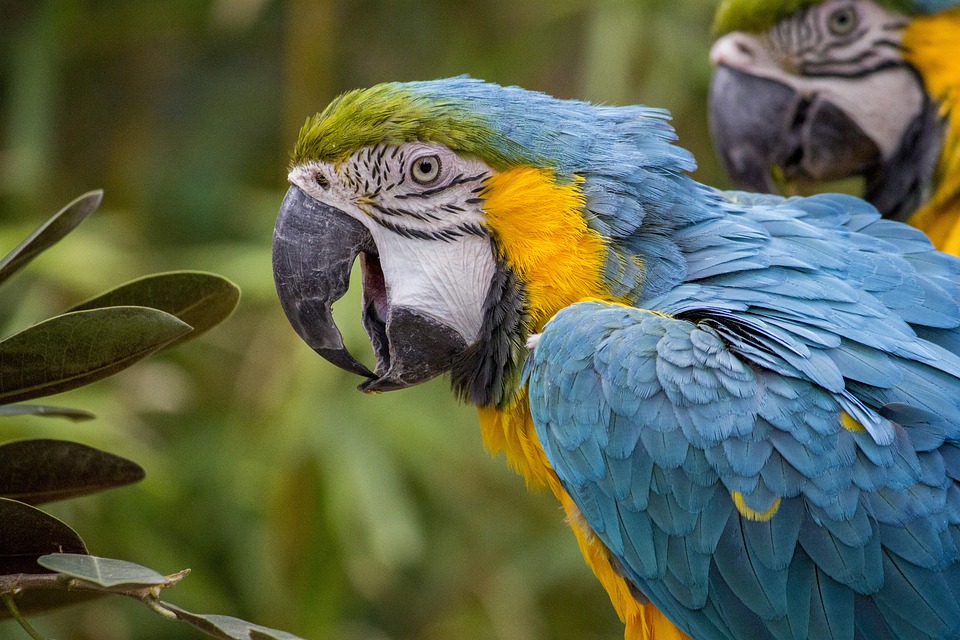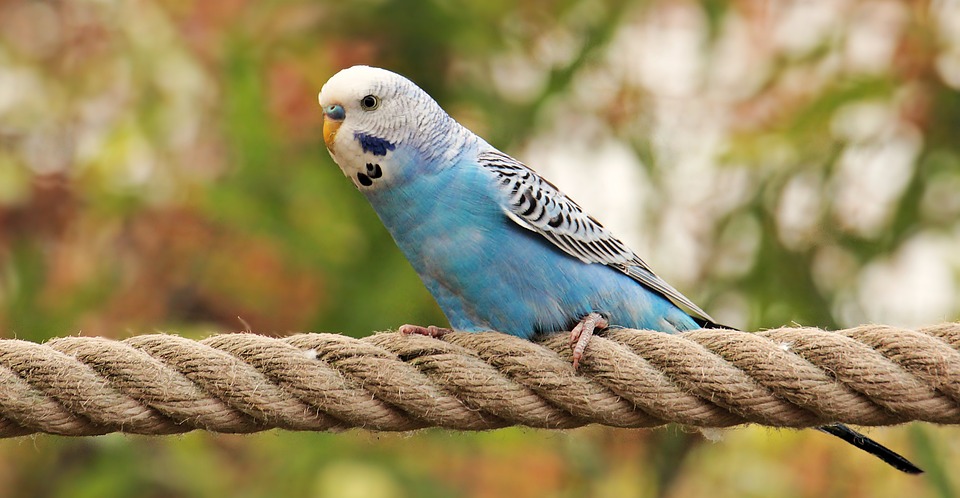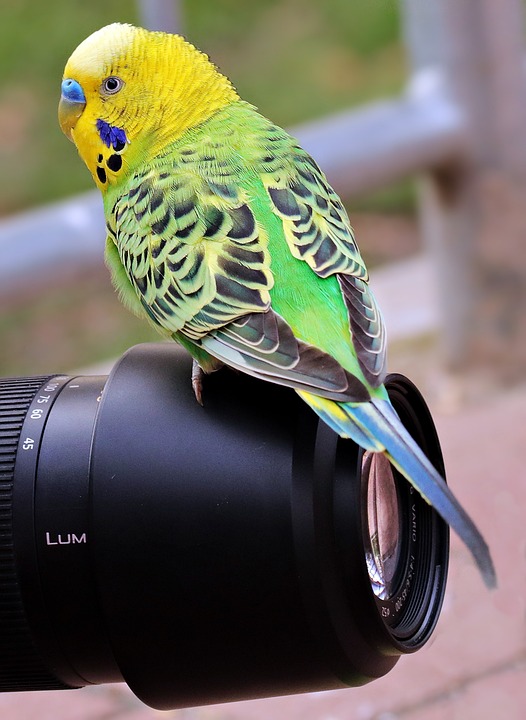Target training is an essential skill for parrots that offers numerous benefits for both their physical and mental well-being. This article explores effective strategies to encourage parrots to engage in target training, along with addressing some frequently asked questions.
Target training provides mental stimulation for parrots, keeping them engaged and preventing boredom. Parrots are highly intelligent creatures that require mental challenges to exercise their problem-solving skills. By incorporating target training into their routine, you can help keep their minds sharp and active.
Another significant advantage of target training is that it strengthens the bond between parrots and their owners. Positive reinforcement is a key aspect of this training method, using rewards such as treats, verbal praise, or gentle strokes to encourage desired behavior. This positive reinforcement builds trust and fosters a cooperative relationship between parrots and their owners.
Physical exercise is crucial for a parrot’s overall well-being, and target training provides an opportunity for them to engage in physical activity. As parrots learn to touch the designated target with their beak or feet, they exercise their wings and feet, promoting their physical health.
To encourage parrots to engage in target training, it’s important to create a positive environment for training sessions. Choose a quiet and distraction-free space, removing any potential hazards. Ensuring that your parrot feels comfortable and secure is essential for successful training sessions.
Selecting the right target is also crucial. Choose an object that is easy for your parrot to see and touch, such as a small stick or a brightly colored ball. Introduce the target object to your parrot outside of training sessions, allowing it to investigate and become familiar with it at its own pace. Offering rewards or treats for positive interactions with the target helps establish a positive association.
Breaking down the training process into small steps is important for your parrot to easily understand and follow along. Start by rewarding your parrot for simply looking at the target, then progress to rewarding it for moving closer to the target, and finally for touching the target with its beak or feet.
Consistency is key for successful target training. Set aside regular training sessions of around 10-15 minutes, preferably at the same time each day. Consistency helps reinforce the desired behavior and prevents confusion.
Once your parrot has mastered the basics, you can gradually increase the difficulty of the tasks. For example, you can ask your parrot to touch the target from a longer distance or perform tricks like spinning or waving using the target as a guide.
In terms of frequently asked questions, the training duration varies depending on the parrot’s individual personality, previous training experience, and the consistency of training sessions. With regular practice, most parrots can learn the basics of target training within a few weeks.
Target training can be applied to various parrot species, including budgies, cockatiels, African greys, and macaws. However, training success may vary for each parrot, as they are unique individuals.
If your parrot is reluctant to touch the target, try using a different type of target object or experiment with different treats as rewards. Patience and persistence are essential during the training process.
Using a clicker during target training can be a useful method to mark the desired behavior of touching the target. Pair the sound of the clicker with a reward to reinforce the association.
In conclusion, target training is a valuable tool for engaging parrots in mentally stimulating activities while strengthening the bond between them and their owners. By following the strategies outlined in this article and being patient and consistent, you can successfully train your parrot to engage in target training, opening doors to further behavioral enrichment and tricks.

